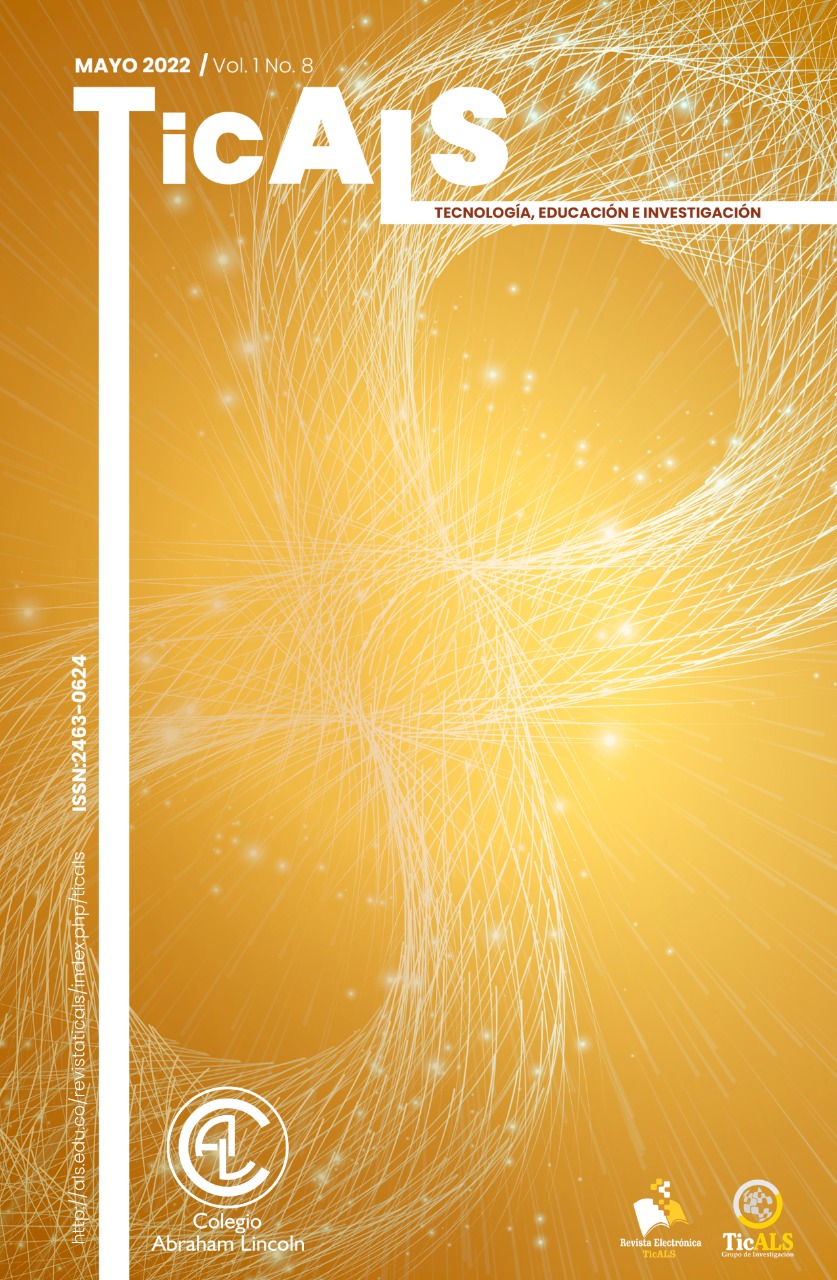Abstract
Modeling real phenomena has been a challenge that the new generation of teachers has proposed, and even more so, when using a technological tool that allows establishing relationships between the mathematical objects involved and the real situation itself; what this classroom experience seeks is to model a mathematical object (parabola as a locus) by making transformations -through algebraic manipulations- between different semiotic representations by means of the Geogebra and Tracker software. These programs are used by tenth grade students and allow them to establish equality relation, compare algebraic expressions that model the launch of a paper airplane, and streamline the learning process through hypotheses approached by dynamic mathematics.
The work is framed from a semiotic perspective of mathematics (Duval, 1999) which indicates that the student achieves an apprehension of the mathematical object between more semiotic representations can transform and recognize as equals, either in the same representation register or from other representation systems; Likewise, each of the moments of the class were thought from Freudenthal (1983) proposed, which validates the importance of using emergent models of the mathematical activity itself, which represent the situation.
References
Brousseau, G. (2007). Iniciación al estudio de la teoría de las situaciones didácticas. Buenos Aires: Editorial Zorzal
Blum, W. &. Borromeo, R. (2009). Mathematical Modelling: Can It Be Taught And Learnt? Journal of Mathematical Modelling and Application, 45-48.
Freudenthal, H. (1983). Didactical Phenomenology of mathematical structures. Dordrecht: Reidel
Forero, A. (2016). La modelación matemática: un instrumento para el análisis de fenómenos reales. Curso hecho en Encuentro Distrital de Educación Matemática: Bogotá
Duval, R. (1999): Semiosis y pensamiento humano: Registros semióticos y aprendizajes intelectuales. Universidad del Valle: Cali.
Guzmán, C. & Ávila, J. (2020). Procesos de generalización en situaciones asociadas a contextos algebraicos: una experiencia con estudiantes de grado séptimo de educación básica (11-13 años) [Tesis de maestría, Universidad Francisco José de Caldas]. Repositorio de la U.D.
Guzmán, C. & Ladino, A. (2018). Desde la educación estadística crítica hacia un ambiente de aprendizaje por medio de la separación de residuos. En Universidad Distrital, Facultad de Ciencias y Educación (Ed.), Encuentro Distrital de Educación Matemática EDEM (pp. 80-86). Bogotá, Colombia: Universidad Distrital.
Martín, J. (2001). Enseñanza de procesos de pensamiento: Metodología, metacognición y transferencia. RELIEVE, 7(2), 73-88.

